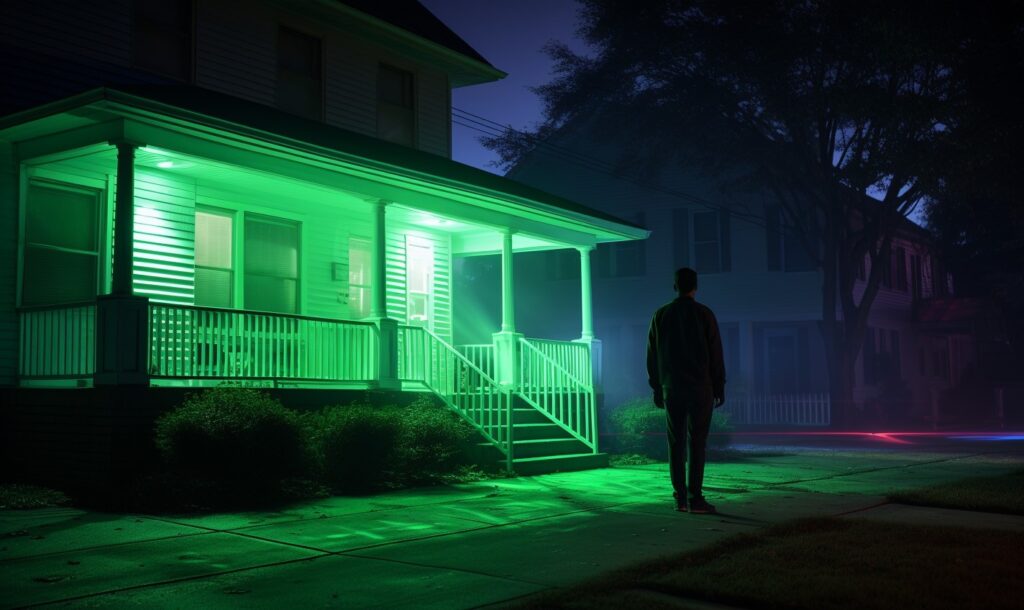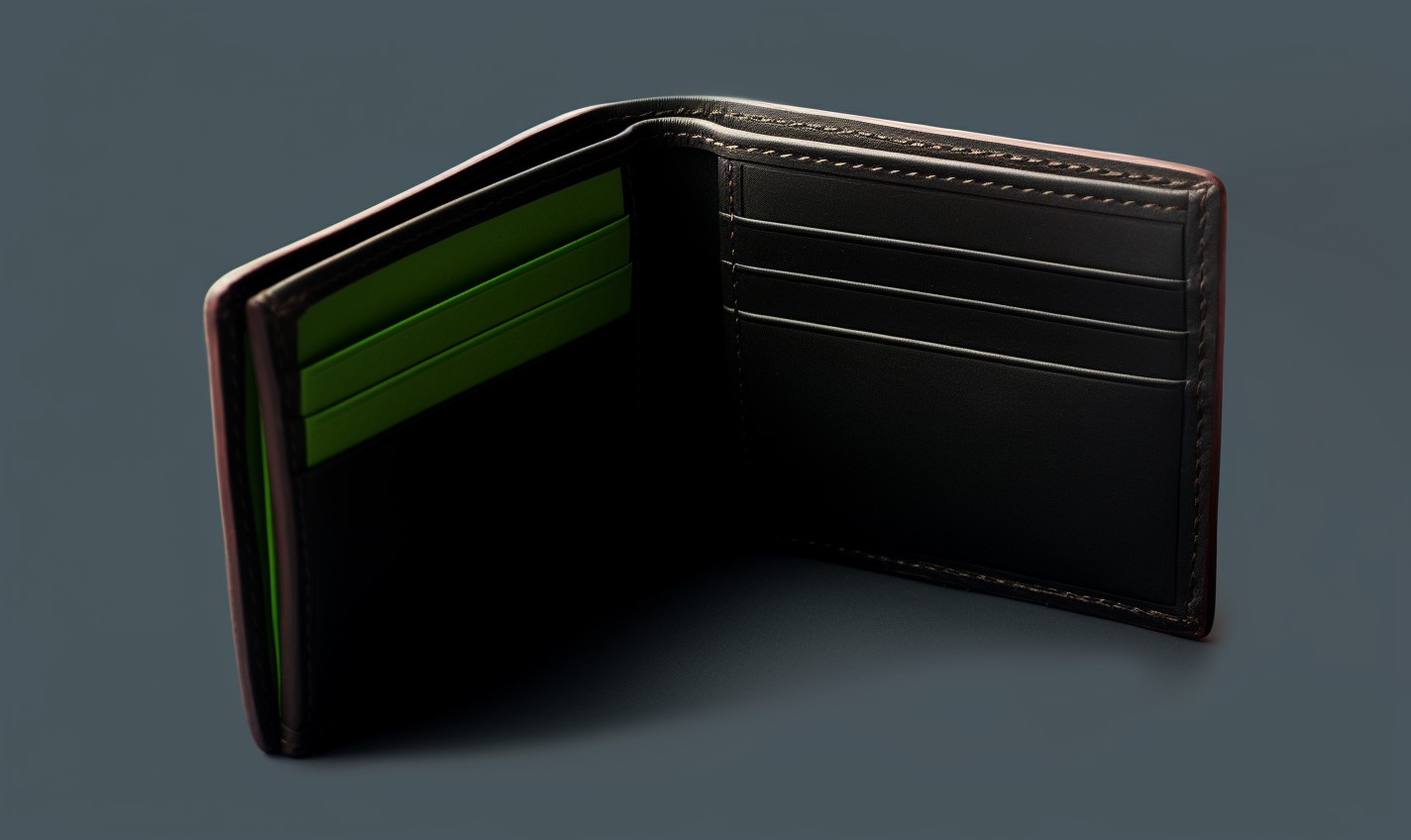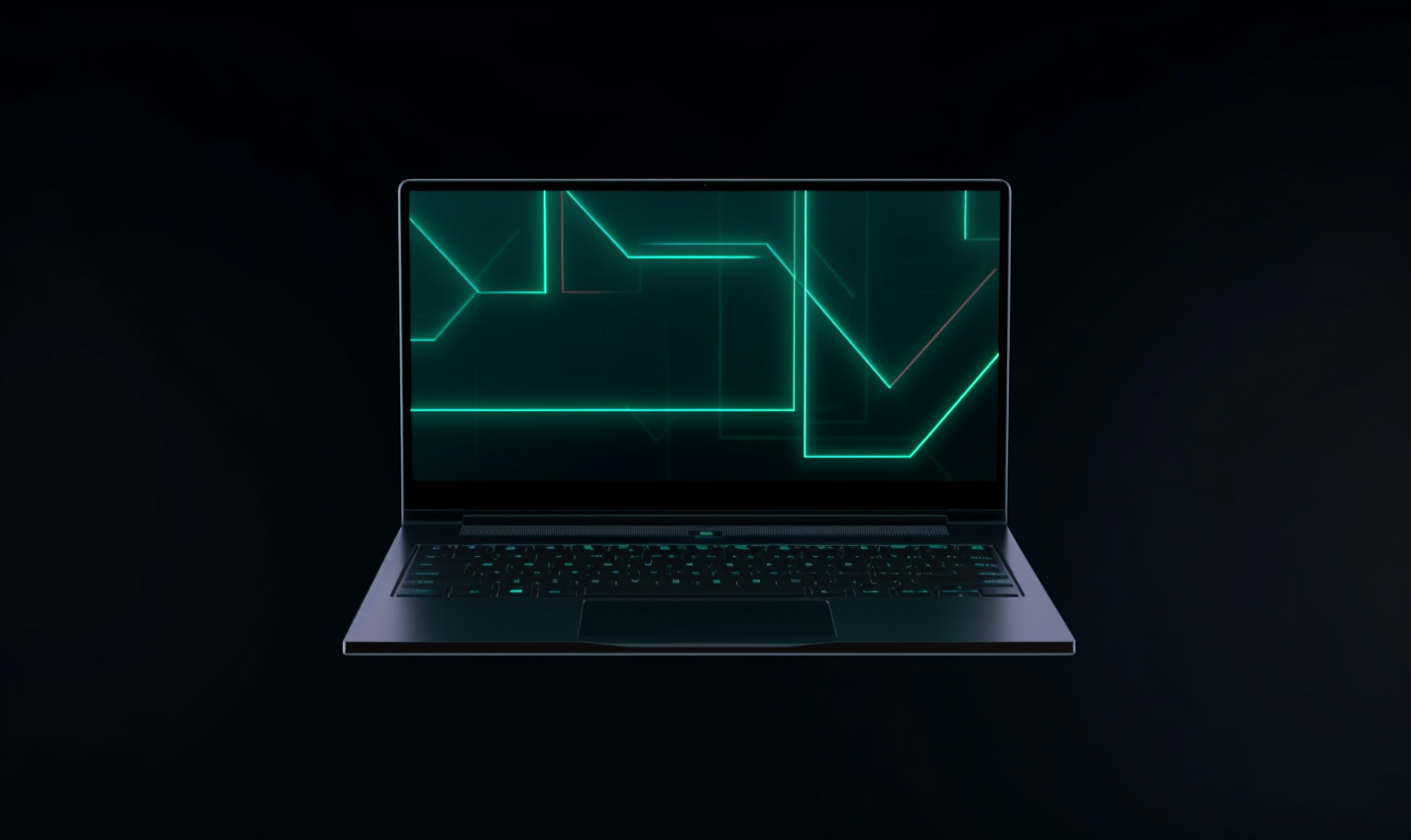If you’ve spent much time in Safari on your iPhone, you’ve probably noticed an option labeled “Private.” Whether or not you’ve used it, what exactly it does may not be clear at first. So, what is Safari’s Private Browsing Mode and just how secure is it?
When you tap the new window icon in Safari, it gives you two more options on the bottom bar. One, a plus sign, if for creating a new tab and the other enables Private Browsing Mode. You can think of this option as Apple’s answer to Google Chrome’s Incognito Mode.
Here’s a closer look.
What It Protects
Apple’s descriptions tell you what it is, but not in much detail. When you open it, some text tells you that it won’t save your history, visited pages or AutoFill information. Their website tells you the same, and there’s a reason for this vagueness.
Apple doesn’t say much about Private Browsing Mode because it doesn’t do all that much. Like they say, it won’t create any new browsing history and your AutoFill won’t save anything. It’ll also prevent some websites from creating cookies, which would allow them to track your phone.
It hides your activity from other people who may use your iPhone. Not saving cookies or AutoFill information makes sure that other users can’t find any lingering evidence of it. Beyond that, though, it doesn’t do much in way of protecting your privacy.
Private Browsing Doesn’t Block Everything
What it doesn’t do may be more significant than what it does. While it hides your browsing habits from anyone who gets on your iPhone, it doesn’t block everyone. Websites, your internet service provider (ISP) and advertisers can still see everything.
If you’re on your work or university’s Wi-Fi, Private Browsing Mode won’t keep you hidden from the IT department. So, think twice before you try to use it to break any IT policies. If you were hoping to avoid targeted ads, Private Browsing won’t help you there either.
Private Browsing Mode may not be as secure as you’d think, but the same is true of Google’s Incognito. Google even faces a $5 billion lawsuit for allegedly misleading users.
Before you swear off Safari for its lack of privacy, consider how it’ll be the same with most popular browsers.
Other Considerations with Private Browsing Mode
There are a couple of other things to keep in mind while using it. If you’re still using iOS 8, Safari will still save your open tabs in Private Browsing. So, to keep your private tabs private, either close them all before exiting Safari or update your iOS.
If you use a third-party keyboard, you may also encounter some issues with Private Browsing. Some keyboards save things you type to help with spell-check even if you’re in Private Browsing Mode.
If you use the default iPhone keyboard in Safari, you’ll avoid this issue.
Remember that it is not a security feature. If your goal is to stay safe from hackers, you’ll need to take extra precautions.
Protecting Your Privacy Online
If you don’t want anyone to see your history while using your phone, Private Browsing Mode is the way to go. For any other privacy-related concerns, though, you’ll have to turn to something else. If you don’t look into what Private Browsing Mode is, the word “private” can make you think it’s something that it isn’t.
A good rule of thumb to follow is that if something is online, it’s never completely private. Staying anonymous or untraceable online takes more complicated measures than switching on a browser setting. Private Browsing Mode hides your history from anyone else on your iPhone, but not much else.
Recent Stories
Follow Us On
Get the latest tech stories and news in seconds!
Sign up for our newsletter below to receive updates about technology trends














